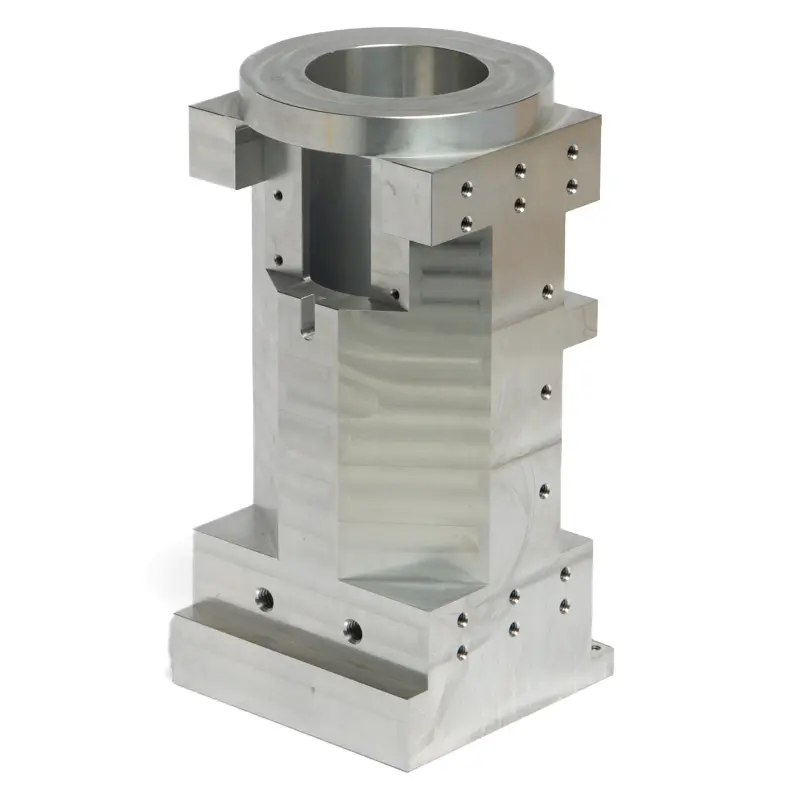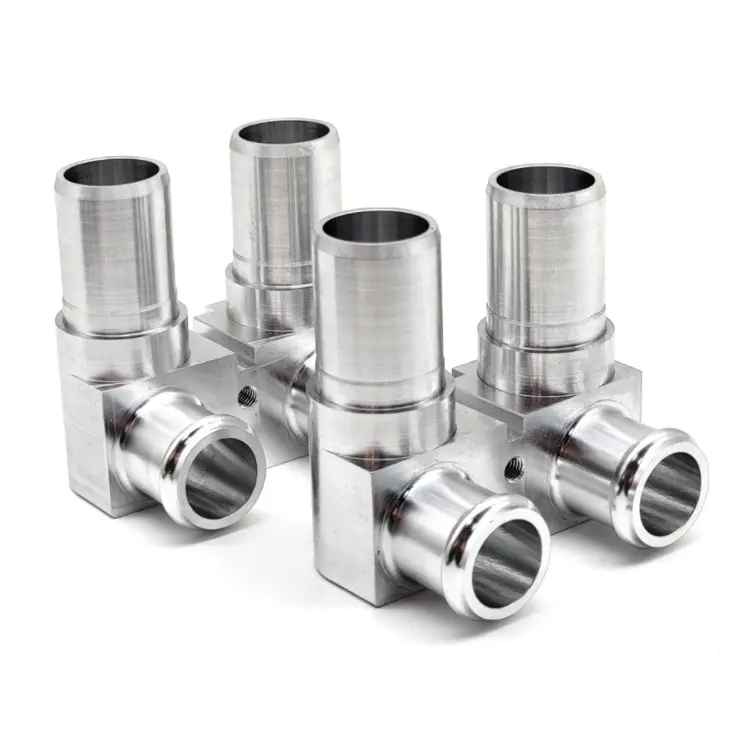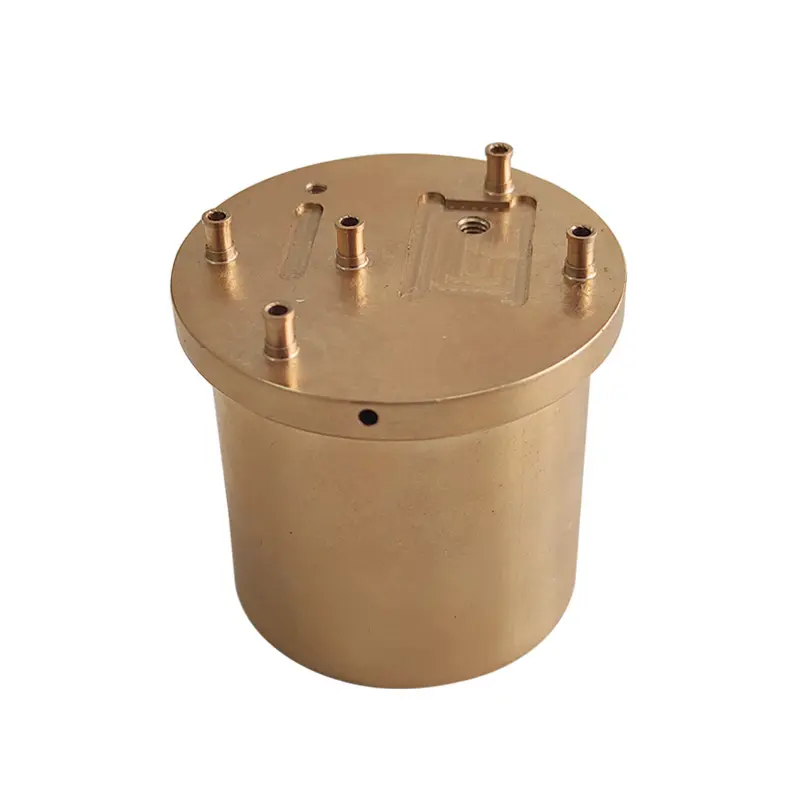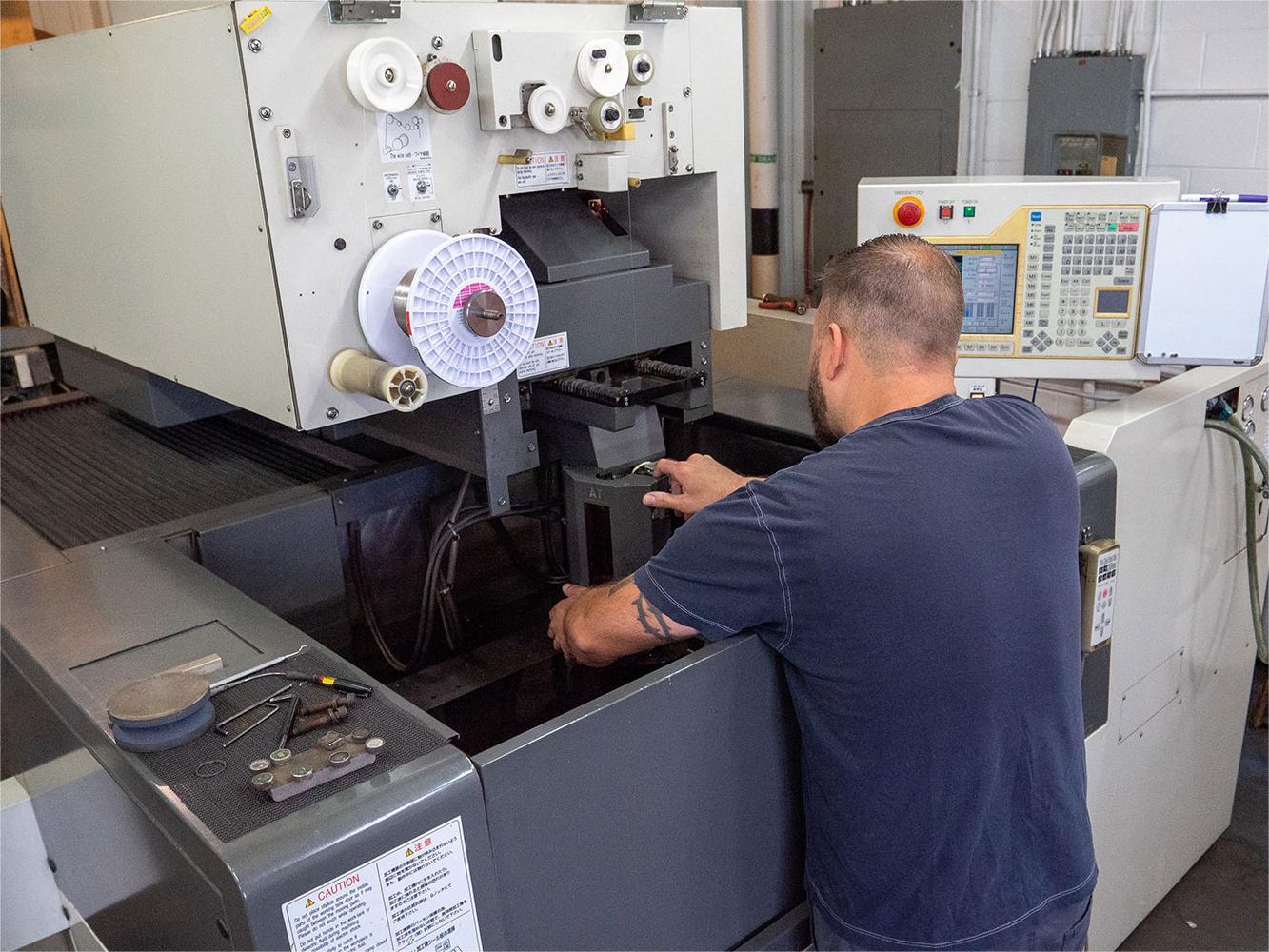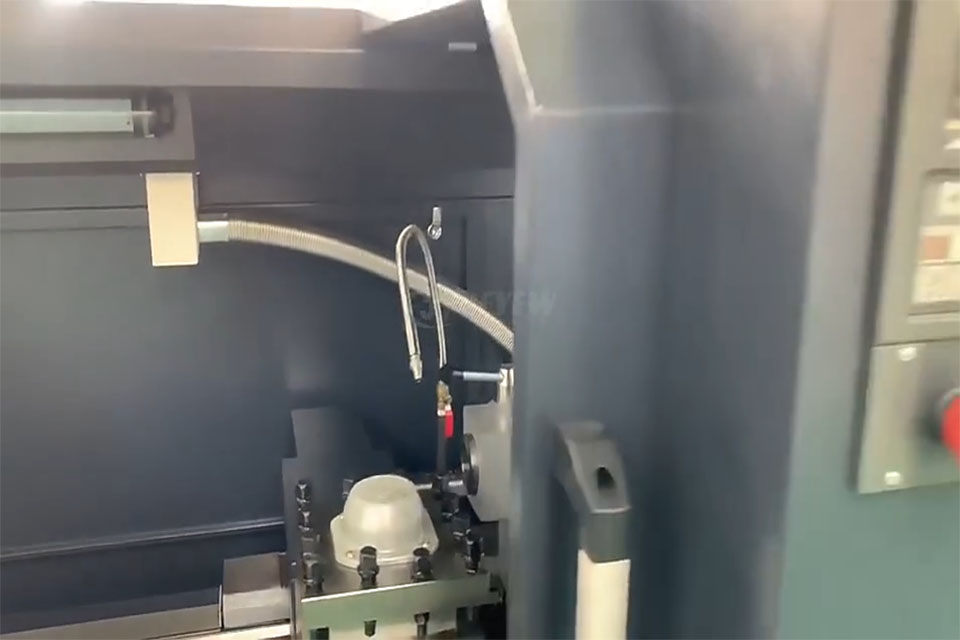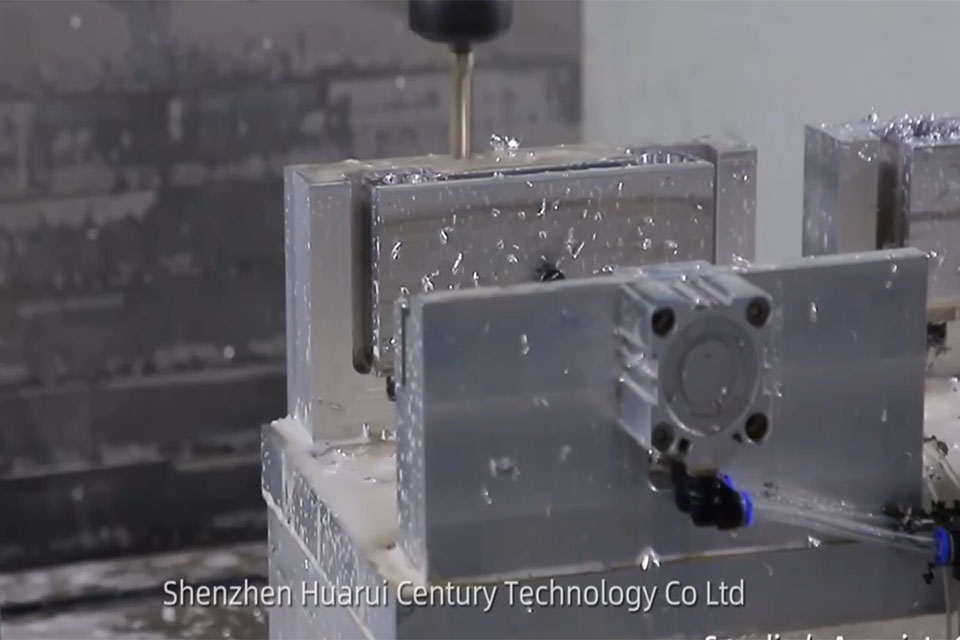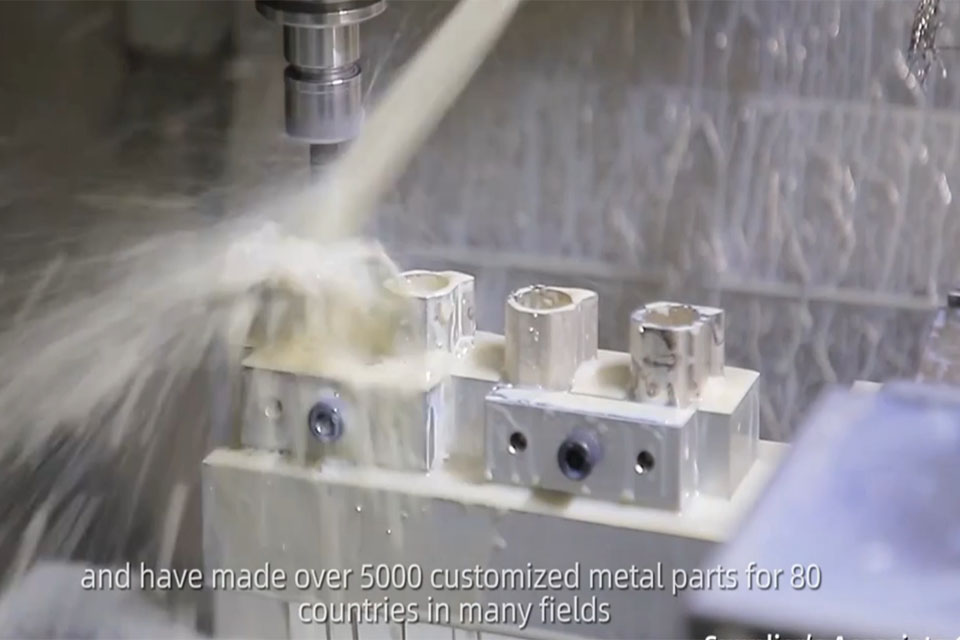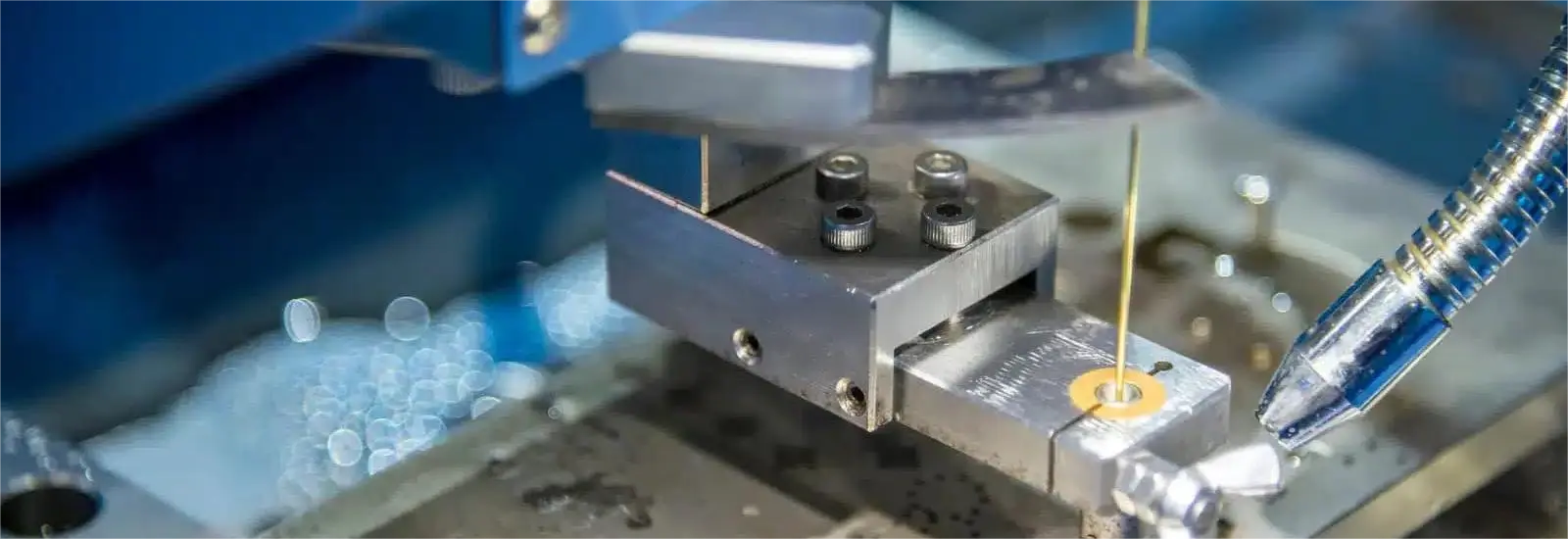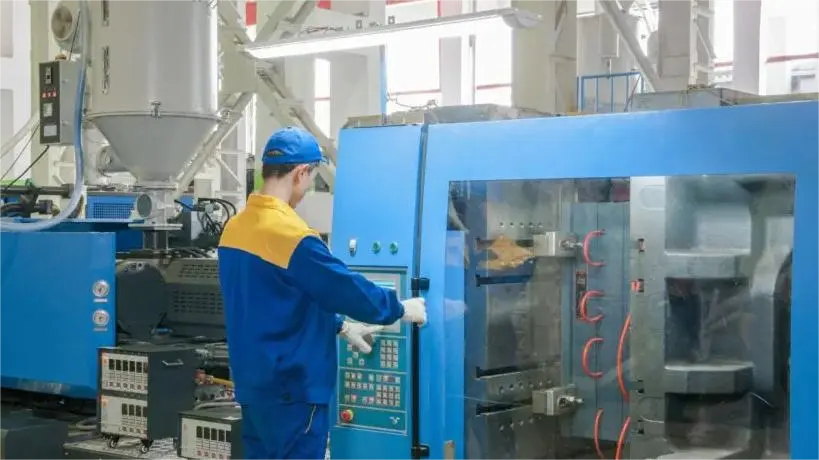
开启精密:航空航天、汽车及其他领域的数控加工
目录
导言

Why Part Size Matters in CNC Machining
The size of the part being machined plays a pivotal role in determining the feasibility, cost, and quality of the final product. Larger parts may exceed a machine’s work envelope, requiring multiple setups or specialized equipment. Conversely, smaller parts can pose challenges in securing and machining accurately, especially when tight tolerances are required.
主要收获:
- Work Envelope: The three-dimensional space a CNC machine can operate within.
- Tool Reach: Determines how deep or intricate a feature can be machined.
- 材料特性 Some materials expand under heat, affecting dimensions during machining.
Factors Influencing CNC Machining Part Sizes
1. Machine Work Envelope
The work envelope defines the maximum dimensions (length, width, height) a CNC machine can handle. For instance, a standard CNC milling machine might have a work envelope of 40 x 20 x 20 inches. If your part exceeds these limits, repositioning or using a larger machine becomes necessary.
2. Tool Reach and Accessibility
Deep cavities or intricate geometries can challenge tool accessibility. Longer tools risk deflection, which compromises accuracy. For example, machining a cavity deeper than 3-4 times the tool’s diameter often leads to poor surface finishes.
3. Axis Travel and Machine Configuration
CNC machines vary by axis configurations:
- 3-Axis Machines: Ideal for simple parts but limited in complexity.
- 5-Axis Machines: Offer flexibility for larger, more intricate components.
Balancing Complexity and Size

Highly complex parts with intricate features may need to be divided into smaller sections for machining. This approach allows for greater flexibility in part size but introduces challenges in assembly and alignment.
How to Optimize CNC Machining Costs
Material Wastage
Larger parts consume more material, but inefficient designs can lead to excessive scrap. For example, intricate designs with large cavities generate significant waste, driving up costs.
加工时间
- Large Parts: Require extensive material removal and multiple setups.
- Small Parts: Benefit from quicker machining but may demand slower speeds for precision.
Industry-Specific Applications
| 行业 | Key Requirements | Common Challenges |
|---|---|---|
| 航空航天 | High precision, lightweight materials | Managing thermal expansion |
| 汽车 | Durability, tight tolerances | Machining complex geometries |
| 医疗设备 | Fine details, biocompatible materials | Achieving micro-machining tolerances |
Best Practices for Designing Within CNC Size Limitations
- Optimize for Tool Access: Ensure all areas are reachable without interference.
- Define Realistic Tolerances: Avoid overly tight tolerances that increase costs.
- Limit Deep Cavities: Break them into manageable steps if necessary.
- Use Standard Sizes: Reduce material waste and tool wear.
常见问题
What is the minimum wall thickness for CNC machining?
Typically, walls as thin as 0.030 inches can be reliably produced, depending on the material and machine capability.
How does thermal expansion affect CNC machining?
Materials like aluminum expand more than steel under heat, potentially altering part dimensions during machining.
Can CNC machines handle large parts?
Yes, but parts exceeding the machine’s work envelope may require multiple setups or specialized equipment.

What are the most common design issues in CNC machining?
Deep cavities, inadequate tool access, and thin walls are frequent challenges that can lead to inefficiencies or failed parts.
How do I reduce machining costs for small parts?
Standardize hole sizes, limit intricate features, and use materials with good machinability.
结论
Understanding CNC machining size limitations is crucial for optimizing production outcomes. By balancing part size, complexity, and material properties, manufacturers can achieve high-quality results while minimizing costs.
Key Points to Remember:
- Always consider the machine’s work envelope and tool reach.
- Use advanced techniques like 5-axis machining for larger or more complex parts.
- Optimize designs to reduce material wastage and machining time.
- Tailor your approach based on industry-specific requirements.
For more insights, explore our resources on 数控加工, 精密加工和 5 轴数控加工.
评论
出色的产品案例
标签
相关博客
从我们的博客中获取有关 CNC 加工的最新趋势和事实。

